Summary: Ripping Game of Thrones the popular epic themed series to your Cloud Storage, avoid your DVDs slightly damaged or even lost.
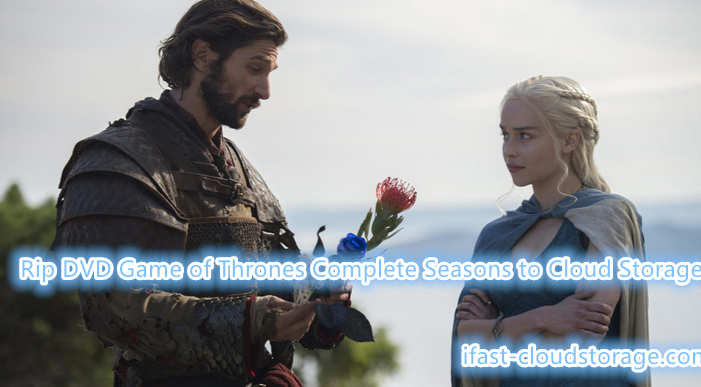
In the daily life, the piece of DVD, with the run time around, That is easy to say, one season of Game of Thrones is made up of 10 DVDs. It is certainly inconvenient to carry all the DVDs along in your trip. The bumpy rout to your DVDs slightly damaged or even lost. Therefore, ripping DVD Game of Thrones to make backup in your notebook computer is a must work.
But if you using HandBrake rip a DVD Game of Thrones free (meaning decoding DVD Game of Thrones with freeware HandBrake), it will at least cost you more than an hour or and more. Can you stand up to the time it takes to copy all the DVDs of Game of Thrones (season 1, season 2, season 3 and season 4)? Waiting a long time, it is unwise!
Hot searches DVDs to FreeNAS / DVD to Skydrive / best Cloud Storage / NAS Backups for 2016
Here we will introduce the way to fast backup DVD Game of Thrones withPavtube DVDAid, the fastest DVD capable of converting DVD to AVI, MP4, MOV, MPEG, WMV, DVD to iPhone, iPad, HTC, Samsung, mobile phones, tablets, etc additionally with 3 DVD copy modes to meet users’ up-to-date DVD backup demands.
Please download the Game of Thrones DVD backup software for Mac user – Mac version ). Then just feel free to install and launch it when you want to rip DVD Game of Thrones on PC/Mac.
We strongly recommend copying Game of Thrones DVD to mobile device supported formats , like H.265/HEVC, MKV, MP4, MOV, DivX, AVI, MP3, FLAC, etc so you can playback on iPhone 6, iPhone 6 Plus, iPad Air 2, iPad Mini 3, Galaxy S6, Galaxy S6 Edge, Kindle Fire HDX, PS3, PSP, Surface, and more. Surprisingly it adds H.265/HEVC as output video format in order to satisfy users who ask for high video quality.
Free download and install:


Other Download:
– Pavtube old official address: http://www.pavtube.cn/dvd_ripper/
– Cnet Download: http://download.cnet.com/Pavtube-DVDAid/3000-7970_4-76158510.html
The Steps to Rip DVDs Game of Thrones Complete Seasons (1-4) to your Cloud Storage
Step 1: Load DVD movies into the program
Once you run the DVDs Game of Thrones Complete Seasons Ripper, click DVD disc button to load DVD movie up into the DVD ripping program.
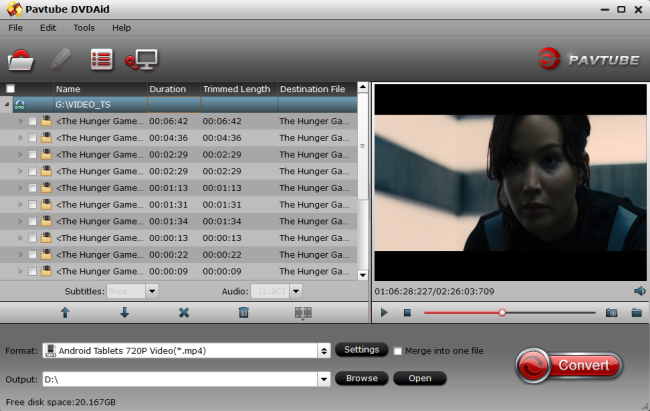
Step 2 : Choose an output video format
If you wanna rip DVD to your needed file types, you need specify a format as output format. Click on the dropdown menu of “Format”, and then choose your needed one from the multiple output format presets. You can rip DVD to MKV, MP4, MOV, WMV, or rip DVD for playback on iPad, iPhone 7, PS4, Nook HD, Galaxy Tab S3 and more other portable devices you can think of.
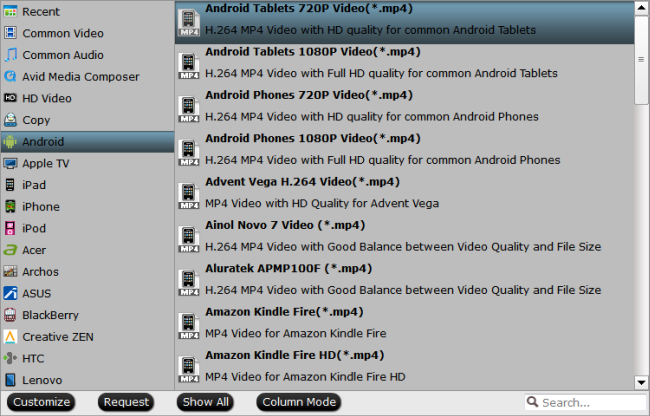
Tip: Click “Settings” button, then you are able to adjust all the settings in the following window to customize the output file quality, including codec, size, bit rate, frame rate, sample rate and audio channel.
Step 3: Rip DVDs Game of Thrones Complete Seasons (1-4) to your Cloud Storage movie
Once the above mentioned steps are finished, you can click “Convert” button to copy DVD movie to either the hard drive of your PC, or to your portable devices, like iPad Pro 9.7, Apple TV 4, Kindle Fire HDX, Nexus 9, etc.
When the copying/ripping task is completed, you can click “Open” button to get the ripped files of DVD movie. Then, you can play, share DVD with your families anywhere you want.
Now, It will be great if you put DVD on tablets or smartphone for Kids at Summer Holiday, and then enjoy the movies at anytime, anywhere.
Related Software:
Pavtube ByteCopy : the best Blu-ray/DVD to Lossless MKV solution, is a powerful program with the ability of backing up Blu-ray/DVD collection to multi-track MKV without quality loss, ripping BD/DVD movies to MP4 and MOV with multiple audio streams, and converting BD/DVD from hard discs to virtually any popular video and audio format so that you can freely watch movies on Apple iOS devices, Android OS devices, Windows RT/Pro devices, HDTV, 3D TVs, PSP, PS4, PS3, Plex, WDTV Live, Roku 3 and more devices. In recent update, ByteCopy can support ripping Blu-ray/DVD movie to H.265/HEVC MP4 with better video quality compared to H.264 MP4 in same profile presets. At the meantime, this multi-track Blu-ray/DVD converter can be considered as a user-friendly movie editing tool with the professional functions to trim, crop, merge, insert subtitles, export srt/ass/ssa subtitles, add video effects in the destination movie.
Pavtube BDMagic : convert 2D Blu-ray, 3D Blu-ray and standard DVD to SD, High-Definition formats or even create 3D videos with excellent video/audio quality in fast conversion speed. This BD/DVD to video workaround could output various video and audio formats, like H.265/HEVC, MKV, MP4, MOV, DivX, AVI, MP3, FLAC, etc so you can make a duplicate copy for your video collection, or share movies on numbers of popular media players,like Apple media devices, Android smartphones and tablets, Windows media players, various smartphones and more. Besides, you can easily customize Blu-ray DVD collection to export desired movies in your own patent.
Pavtube DVDAid : provides the best solution to rip DVD and convert DVD to video and audio in popular file formats for many devices. Along with multiple practical bonus features like video editor, DVDAid is capable of improving your DVD movie experience without location or time limitations. It could backup DVD and convert DVD to various video and audio formats including MP4, MKV, MOV, AVI, WMV, MP3, AAC, etc to let you enjoy DVD movies on any mobile device like iPhone 6, iPhone 6 Plus, iPad Air 2, iPad Mini 3, Galaxy S6, Galaxy S6 Edge, Kindle Fire HDX, PS3, PSP, Surface, and more. Surprisingly it adds H.265/HEVC as output video format in order to satisfy users who ask for high video quality.
Have more questions about Pavtube, please feel free to contact us >> or leave a message at Facebook.

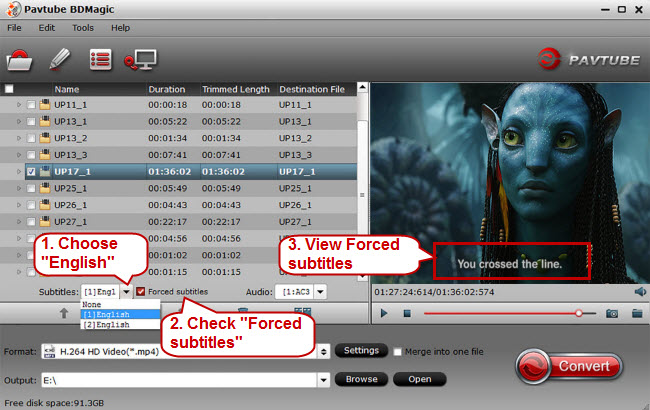
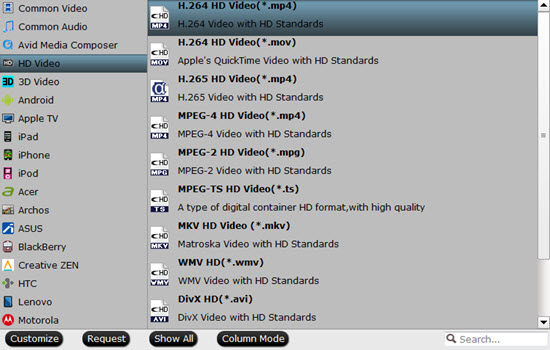








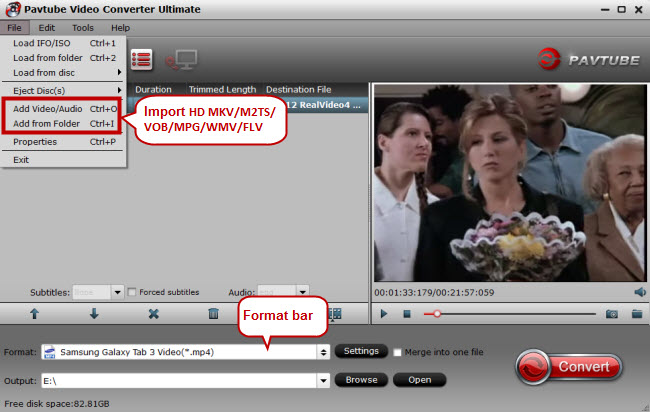
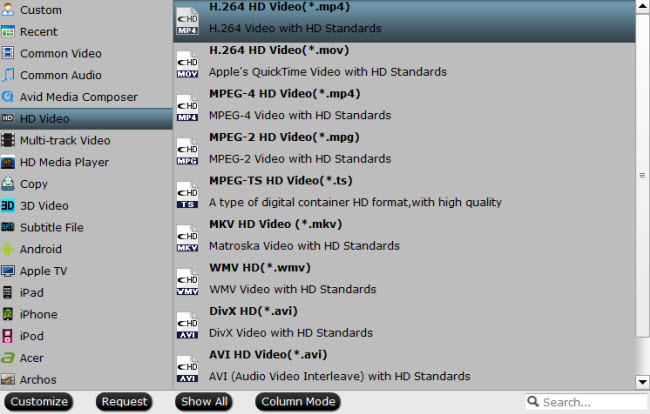











Comments